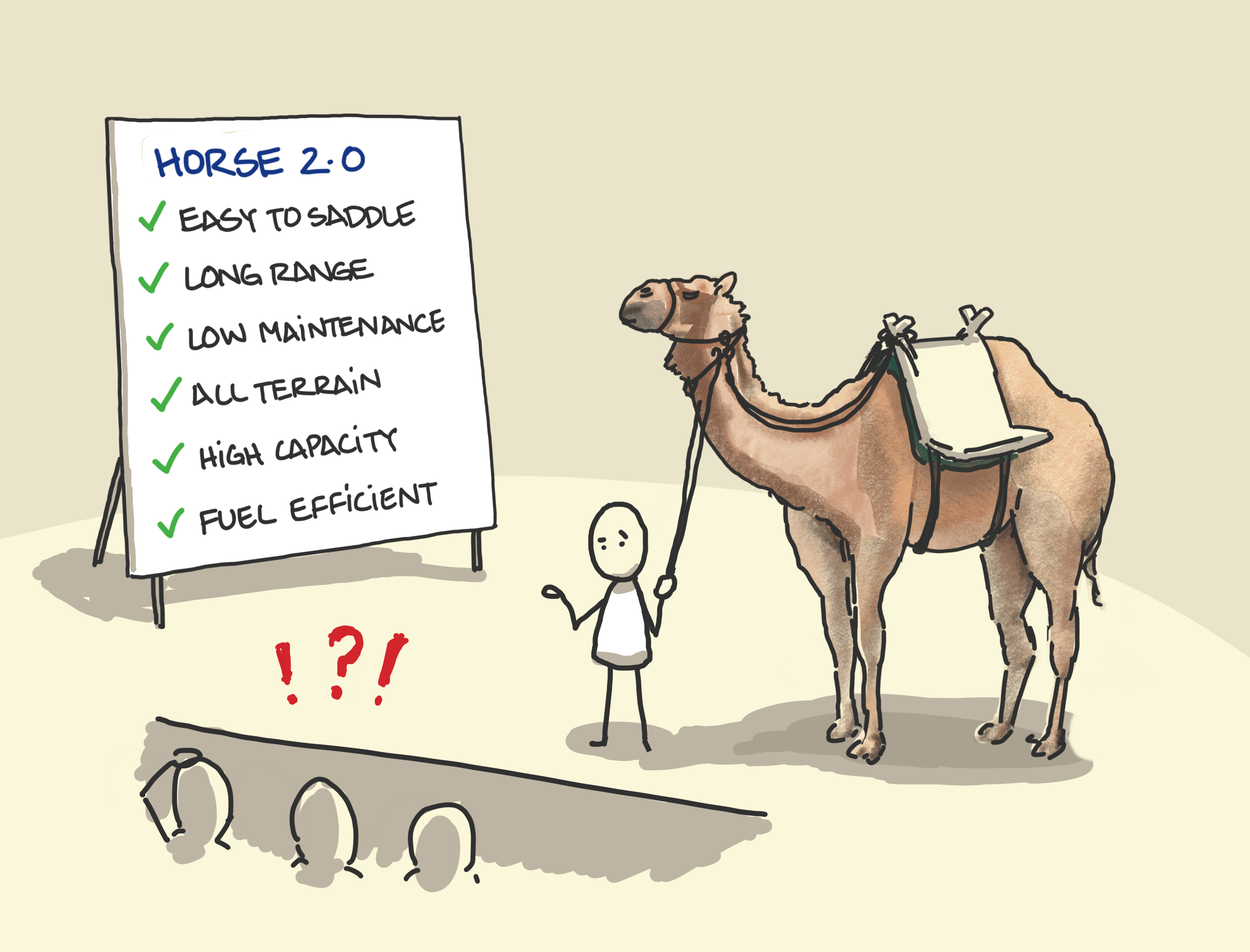

Organizations often hire an architect but fail to provide the authority and trust needed for them to succeed. Without this empowerment, the architect risks becoming a figurehead instead of a leader who drives meaningful change. When enabled, an architect brings clarity, aligns investments with strategy, and ensures technology choices reduce cost, speed up delivery, and support business growth.
The value of architecture lies in mapping the journey from today’s reality to tomorrow’s possibilities. A strong architecture provides a clear vision of how the organization should evolve to meet business goals. Rather than focusing on technical detail, it highlights the benefits executives care about: lower risk, better scalability, and the confidence that technology investments support strategic priorities.
Healthy architecture engages both business and technology. It invites input, ensures practical constraints are understood, and translates them into opportunities instead of roadblocks. Done right, this balance improves accountability and avoids the wasted cost of projects that lose alignment with strategy.
Many organizations introduce an Architecture Review Board to validate direction. In theory, it ensures quality and consistency. In practice, when overloaded with non-architect voices, it can shift focus from business outcomes to individual agendas. The result is slower decisions, diluted vision, and increased costs.
This is what I call “Architecture by Committee.” It mirrors the well-known idea of “Design by Committee,” where too many competing opinions water down results. The outcome is often a compromise that satisfies no one, delays delivery, and adds complexity. As the saying goes: “A camel is a horse designed by a committee.”

Image: Jono Hey, Sketchplanations
When architects are not empowered to lead, projects become more expensive, slower to deliver, and less aligned with business goals. Accountability blurs, complexity grows, and technology investments fail to deliver the expected returns. Instead of providing leadership, architects are reduced to documenting compromises.
By empowering architects, organizations keep strategy and execution connected. Strong architectural leadership reduces risk, accelerates time-to-market, and ensures that technology supports growth. It creates accountability, transparency, and focus on outcomes that matter to the business.
At TecSentra, we help organizations avoid the trap of architecture by committee. We ensure that your architecture process produces clear decisions, aligns with business strategy, and delivers measurable results. Our frameworks give executives confidence that investments in technology create value, reduce risk, and support long-term growth.
If you’d like to discuss how to establish a strong architecture practice in your organization, feel free to reach out to me willem.goudsbloem@tecsentra.com